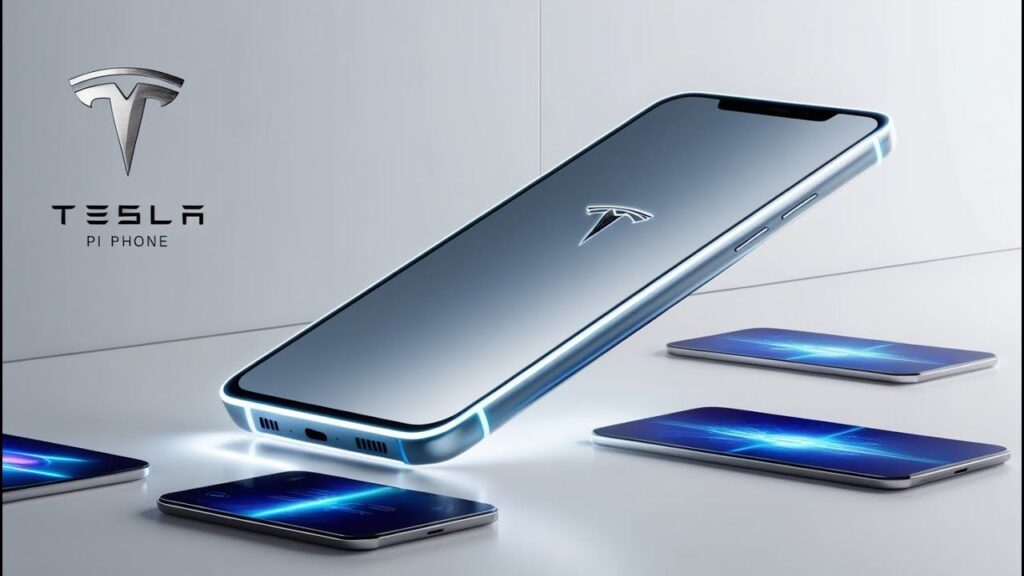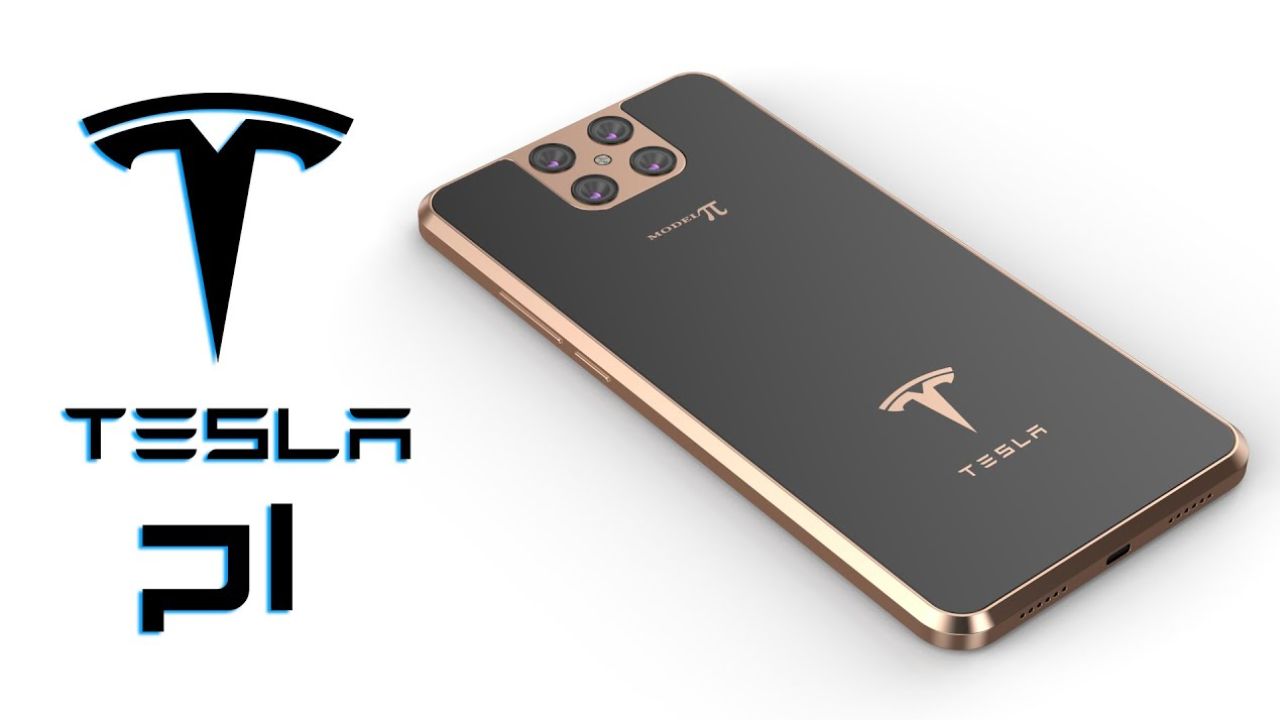Few tech rumours have captured public imagination like the so-called Tesla Phone. Also nicknamed the Model Pi or Pi Phone, it has become the subject of viral headlines, futuristic concept videos, and countless social media posts. Claims range from satellite-powered connectivity to brain-controlled interfaces, and even interplanetary communication.
But as of late 2025, there is still no official Tesla smartphone. Elon Musk has dismissed the idea several times, and Tesla’s strategic focus is firmly elsewhere. So why does the rumour refuse to die?
The answer lies in a mix of real developments in satellite internet — particularly SpaceX’s Starlink Direct-to-Device (D2D) project — combined with speculative leaps of imagination. In this article, we’ll unpack the hype versus reality, examine Starlink’s latest $17 billion spectrum deal with EchoStar, and explain why the Tesla Model Pi remains a dream rather than a product.
The Origins of the Tesla Phone Myth
The Tesla phone concept first surfaced years ago in the form of fan-made renders and speculative blog posts. These often showcased:

- Solar charging panels on the back of the phone
- Built-in Starlink satellite internet, offering global coverage
- Neuralink integration, letting users control the device with their minds
- Mars-ready communication features, pitched as a tool for future colonists
- Crypto mining capabilities, aligning with Musk’s interest in digital currencies
While futuristic, these ideas lacked credible evidence. No supply chain leaks, patents, or regulatory filings ever supported the rumours. Still, the “Tesla Pi” label stuck, and each new Musk-related announcement revived the story.
Read Also: Kinetic Green E Luna Prime Launched at ₹82,490: A Modern Electric Moped for India
Elon Musk’s Clear Denials
Elon Musk himself has addressed the speculation directly — and his stance has been consistent.
- In 2024, Musk said flatly: “No, we’re not doing a phone. The very idea makes me want to die.”
- He added that Tesla would only consider a phone under extreme circumstances, such as if Apple or Google blocked access to Tesla or Starlink services.
This is important. Musk’s comments suggest the Tesla phone is not part of any official roadmap. Instead, it’s a “last resort” scenario rather than a planned product line.
Tesla’s Real Priorities
Looking at Tesla’s official Master Plan Part IV, the company’s priorities are clear:
- Artificial Intelligence (AI)
- Autonomous driving and self-driving software
- Robotics, including the Optimus humanoid robot
- Sustainable energy systems, such as solar roofs and energy storage
Nowhere in the document is there mention of smartphones, consumer electronics, or telecom hardware. For Tesla, the focus is on reshaping industries — transportation, energy, and robotics — not competing with Apple and Samsung in an over-saturated phone market.
Starlink’s Direct-to-Device Push
So if Tesla isn’t building a phone, why does the myth continue? The answer lies in Starlink, SpaceX’s satellite internet network.
Traditionally, Starlink required a dish terminal to connect users to the internet. But the next big leap is Direct-to-Device (D2D) technology, which allows ordinary smartphones to connect directly to satellites when cellular coverage is weak or unavailable.
This is not science fiction. In September 2025, SpaceX struck a $17 billion deal with EchoStar to acquire valuable spectrum licenses. These frequency bands are critical for enabling satellite-to-phone connectivity.
The result: instead of building a Tesla phone, Starlink is working to ensure that existing smartphones can access satellite coverage. This makes the rumoured Model Pi redundant.
Why the Smartphone Market Is a Brutal Battleground
Even if Tesla wanted to make a phone, the challenge would be enormous. Consider these facts:
- Apple and Samsung dominate the high-end smartphone space.
- Chinese manufacturers like Xiaomi, Oppo, and Vivo compete aggressively in budget and mid-tier segments.
- Even tech giants like Amazon (Fire Phone) and Microsoft (Windows Phone) failed despite massive resources.
To succeed, Tesla would need not just cutting-edge hardware but also an entire ecosystem of apps, services, and developer support. That’s a multi-billion-dollar investment with uncertain returns. Given Tesla’s commitments in EVs, AI, and energy, a smartphone project is highly unlikely.
The Reality of Satellite-to-Phone Connectivity
Instead of waiting for a Tesla-branded phone, consumers should focus on what’s actually happening in 2025: satellite-to-device communication.
- Current D2D connections can handle text messaging and emergency calls.
- Bandwidth remains limited — only a few Mbps under optimal outdoor conditions.
- Performance depends on clear line-of-sight to satellites, meaning urban areas with tall buildings may see weaker connections.
Even Apple’s satellite SOS feature on iPhones demonstrates these limitations. While groundbreaking for emergencies, it is far from the dream of “always-on Starlink broadband” in a phone.
The Speculative Tesla Phone Features — Why They’re Unrealistic
Let’s examine some of the most popular Tesla phone rumours:
- Solar Charging: A phone-sized solar panel simply doesn’t provide enough surface area to power daily usage.
- Neuralink Integration: Brain-computer interfaces are still in early medical trials, far from consumer-ready.
- Interplanetary Communication: While fun to imagine, Mars connectivity requires far more than a handheld device.
- Built-in Starlink Internet: Power, heat, and antenna constraints make this unrealistic for now.
These features remain in the realm of science fiction — more suitable for fan videos than real-world engineering.
Why the Rumour Refuses to Die
Three key factors explain the persistence of Tesla phone rumours:
- Elon Musk’s reputation for delivering futuristic projects.
- Starlink’s satellite breakthroughs, which sound like smartphone features.
- Public fascination with the idea of a revolutionary device challenging Apple and Samsung.
Each new Starlink announcement gets misinterpreted as “proof” of a Tesla phone, even though the two are unrelated.
Could Tesla Ever Make a Phone?
Never say never with Musk — but there are no signs today. If Tesla were preparing a smartphone, we would expect to see:
- Patent filings for new antennas or mobile designs.
- Job postings for smartphone engineers or supply chain experts.
- FCC filings for new devices.
- Partnerships with telecom or chip manufacturers.
So far, none of these exist. Unless circumstances change dramatically, Tesla is unlikely to enter the smartphone business.
Read Also: JBM Auto Expands to UAE: Partners with Dubai Firm for Electric Bus Launch, Stock Rises 16%
What to Watch Instead
Rather than chasing Model Pi rumours, here’s what tech watchers should monitor:
- Starlink’s D2D rollout across global carriers
- Improvements in satellite-to-phone bandwidth
- Regulatory approvals for spectrum sharing in more countries
- Expansion of AI-driven Tesla products (vehicles, robotics, energy solutions)
These are the areas where Musk’s companies are making real progress.
Conclusion
As of 2025, there is still no Tesla phone — no Model Pi, no Pi Phone, and no confirmed project. The rumours remain speculative, fuelled by viral posts and fan-made renders.
What is real is Starlink’s $17 billion spectrum acquisition and its push for direct-to-device satellite connectivity. Instead of requiring a Tesla handset, these technologies aim to make your existing smartphone more powerful, connecting even in the most remote locations.
For now, the Tesla phone lives in the realm of clickbait headlines and sci-fi imagination. The real innovations from Tesla and SpaceX are unfolding elsewhere: in cars, AI, robotics, and satellite infrastructure.
Until Tesla or Elon Musk provide verifiable proof, the Tesla Model Pi will remain just that — a myth.

12 thoughts on “Tesla Phone 2025? Starlink’s Spectrum Deal Explained — and Why There’s Still No “Model Pi””